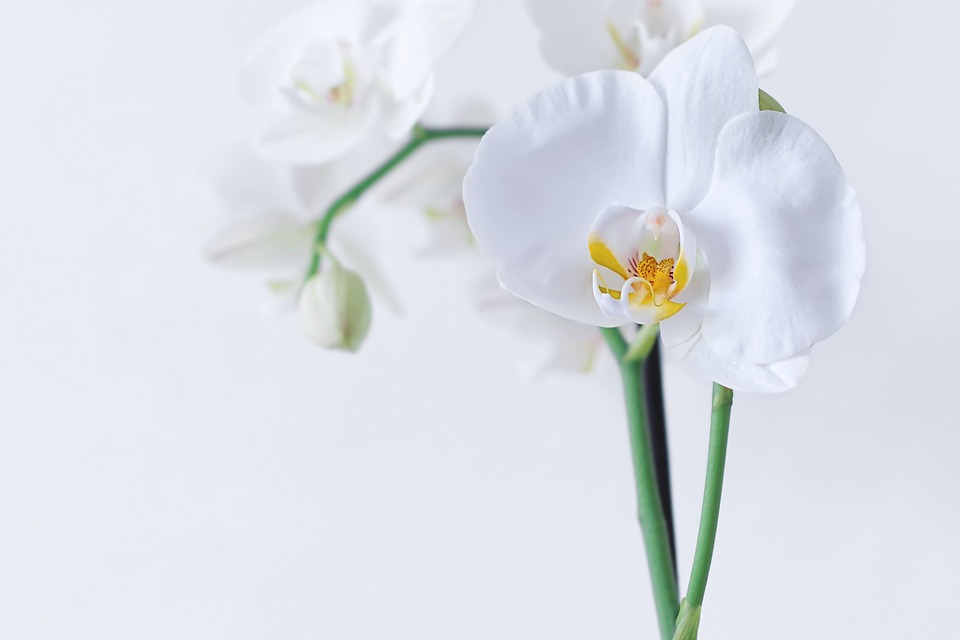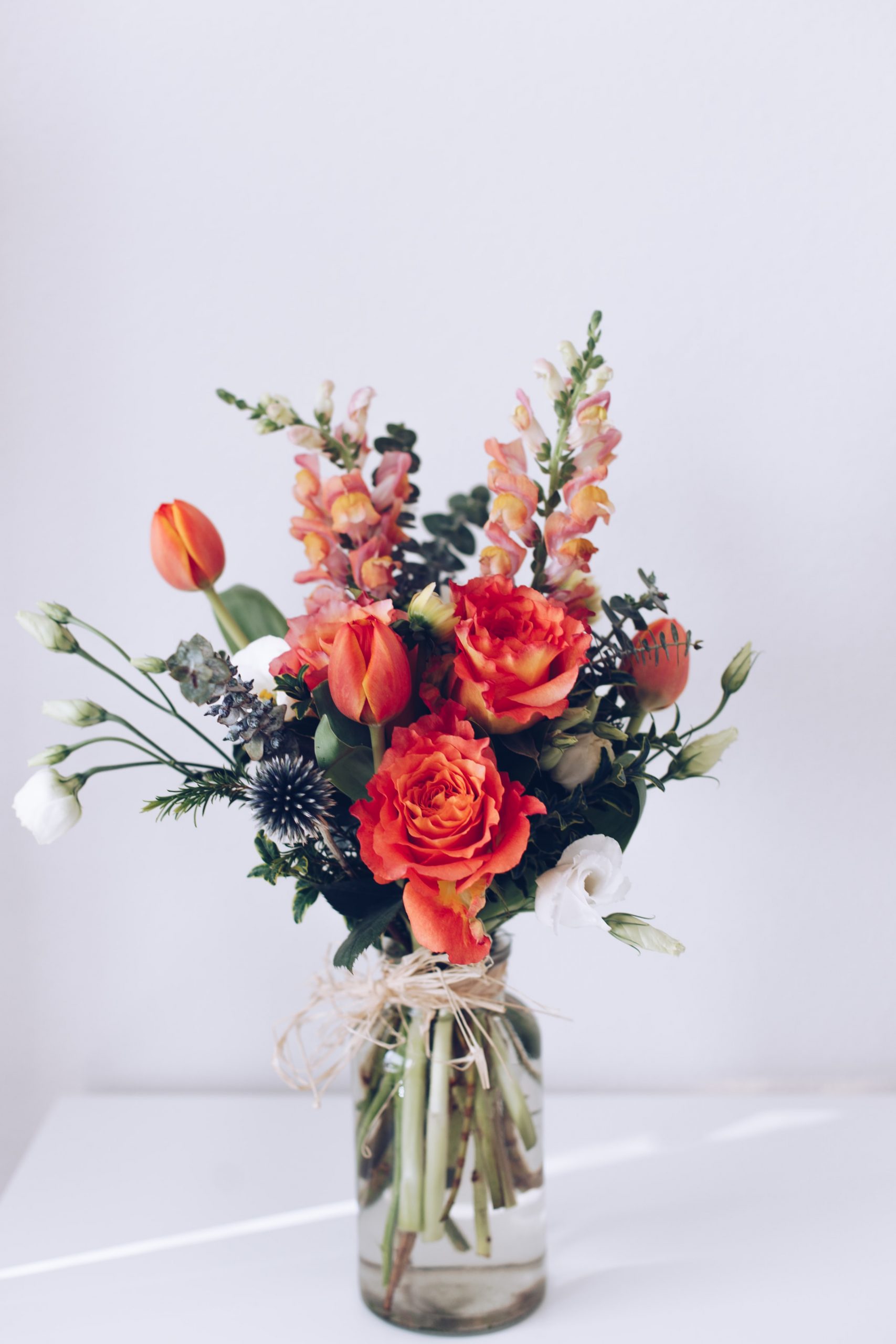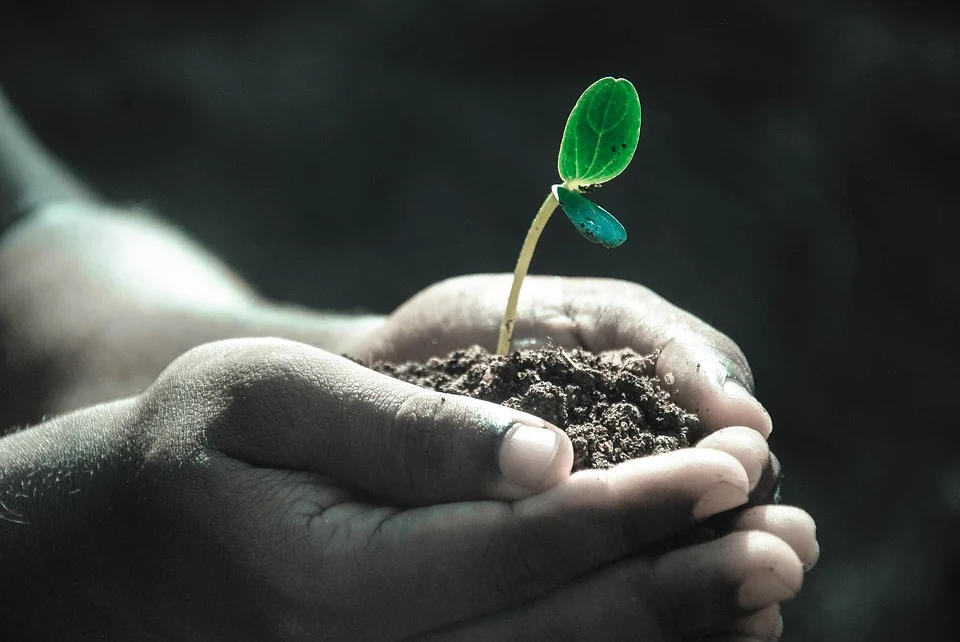How to Care for Orchids
With their tropical blooms in various colors, shapes, and patterns, orchids are, unsurprisingly, among the most popular houseplants.
Most orchids originate in the tropics, where they attach to tree trunks, plants, and rocks by aerial roots (these are called “epiphytes”). The exposed parts of the roots extract moisture and nutrients from the surrounding air.
Types of Orchids
Most orchids are epiphytes, but some root in the soil.
Epiphytic orchids
Phalaenopsis, cattleya, and oncidium are typical examples of epiphytic orchids. And let’s not forget the vanda, with its large, gorgeous flowers. These epiphytes are often sold and grown bare-rooted, just as in their natural habitat.
Semi-Cold Tolerant Orchids
Orchids like Paphiopedilum (Venus slipper) are rooted in the soil.
In nature, these orchids are found primarily in forests.
How Do You Grow Orchids?
Sowing Orchids
Orchids are especially popular for their beautiful flowers. It is also possible to grow seeds, but this requires very specialized equipment. Therefore, we recommend that you purchase flowering plants immediately.
Care of Orchids
Here are the basics of orchid care and repotting you can do at home.
- Fertilizer for orchids
- Watering can
- Culture medium specially designed for orchids
- Plant support, plastic ties
- Orchid fertilizer or orchid fertilizer sticks
- Clear plastic pot
- Special orchid moisturizing spray
- Pruning shears
- Hydropellets (optional)
- Ornamental flower pot (optional)

Why Should I Repot My Orchid After Purchase?
This way, we can thoroughly examine the new houseplant’s roots and substrate to ensure there are no traces of disease or parasites.
Remove the plant from the pot and remove any substrate attached to the roots. To make this easier, run the roots under water or soak them for 10 minutes. When wet, they become supple and less brittle.
The aerial roots of orchids are usually light-colored, with green tips. Please do not remove them under any circumstances. They are essential for the plant’s survival. Dead roots, however, can be pruned with a sterile instrument. To check for dead roots, press on the roots, and if they are firm, they are alive. If they are soft or dead, the plant no longer needs them.
Repot the plant into a pot of the same size or slightly larger, ensuring enough room for the roots. Clear plastic pots are ideal. That way, you can check the condition of the roots regularly. If that is not aesthetically pleasing, you can put it in an ornamental flowerpot.
Add new soil little by little, tapping the pot to fill in the spaces between the roots. Use a culture medium specifically designed for orchids, as an ordinary culture medium is unsuitable. The substrate will replace the soil without smothering the roots. The unique culture medium for orchids is a mixture of bark, charcoal, peat moss, and coconut shells. The result is aerated, nutritious, and retains moisture so the roots can absorb it.
Liquid fertilizer can be used once or twice a month, more often if the orchid is in bloom.
After flowering, cut off spent stems at the base of the plant with pruning shears.
Replant every 2-4 years, depending on the variety.
How to Care For Different Types of Orchids
Phalaenopsis, oncidiums, and other orchids prefer filtered light. Direct exposure of the foliage, especially in hot regions, can cause burns.
Thinking about a sunny location for your orchids? Then cattleyas, vandas, and dendrobiums are excellent choices. After all, these prefer heat and even direct sunlight. For other species, we recommend curtains or roller blinds.
Most orchids prefer temperatures between 18 and 25 degrees Celsius. In colder climates, some species, such as dendrobiums, may have problems or fail to flower.
Orchids such as cymbidiums and phalaenopsis prefer slightly cooler temperatures for flowering. However, keep in mind that sudden temperature changes can have long-term adverse effects on the plant. This is true for all species.
Share your tips with us in the comments below!



